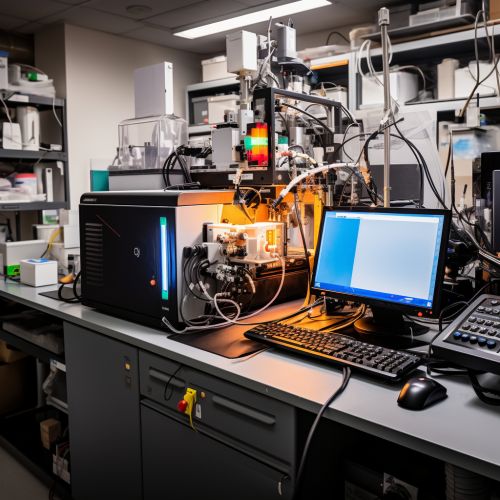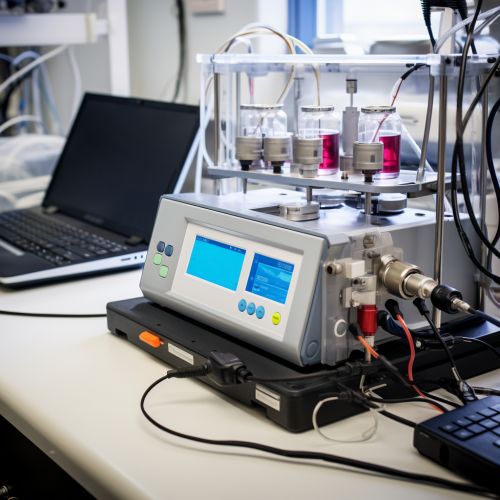Metabolomics
Introduction
Metabolomics is the large-scale study of small molecules, commonly known as metabolites, within cells, biofluids, tissues, or organisms. These small molecules and their interactions within a biological system are collectively known as the metabolome Read more. Metabolomics can be considered a form of systems biology, which aims to understand complex biological systems through the study of the interactions among their various components Read more.


History
The term "metabolomics" was first coined in 1998 to signify the systematic study of the unique chemical fingerprints that specific cellular processes leave behind Read more. However, the concept of studying metabolites in a comprehensive manner dates back to the early 20th century, with the development of various analytical techniques such as mass spectrometry Read more and nuclear magnetic resonance spectroscopy Read more.
Methods
Metabolomics research typically involves the measurement of metabolites using two primary technologies: nuclear magnetic resonance (NMR) spectroscopy and mass spectrometry (MS). These technologies allow for the identification and quantification of a wide range of metabolites in a given biological sample.


Nuclear Magnetic Resonance Spectroscopy
Nuclear magnetic resonance (NMR) spectroscopy is a powerful and theoretically complex analytical tool. It is used in metabolomics for the identification and quantification of metabolites in a biological sample. NMR spectroscopy is non-destructive and provides detailed information about molecular structure, dynamics, reaction state, and chemical environment Read more.
Mass Spectrometry
Mass spectrometry (MS) is another key technology in metabolomics. It is often combined with initial separation techniques such as gas chromatography (GC) Read more, liquid chromatography (LC) Read more, or capillary electrophoresis (CE) Read more to improve the detection and quantification of metabolites.


Applications
Metabolomics has a wide range of applications in various fields, including medicine, microbiology, plant science, nutrition, and drug discovery.
Medicine
In medicine, metabolomics is used for disease diagnosis, prognosis, and biomarker discovery. It can provide a detailed phenotype of a patient and can be used to understand disease mechanisms, identify novel drug targets, and personalize treatment strategies Read more.
Microbiology
In microbiology, metabolomics can provide insights into the metabolic state of a microbial community and its response to environmental changes or genetic modifications Read more.


Plant Science
In plant science, metabolomics can help to understand plant physiology and development, stress responses, and metabolic pathways. It can also be used for the identification of novel metabolites and for the improvement of crop quality and yield Read more.
Nutrition
In nutrition, metabolomics can be used to understand the effects of diet on health and disease, to identify biomarkers of dietary intake, and to personalize nutrition recommendations Read more.
Drug Discovery
In drug discovery, metabolomics can be used to identify novel drug targets, to understand drug mechanisms of action, and to predict and monitor drug response Read more.


Challenges and Future Directions
Despite its potential, metabolomics faces several challenges, including the complexity of the metabolome, the sensitivity and specificity of analytical techniques, and the interpretation and integration of metabolomics data. Future directions in metabolomics research include the development of new analytical and computational tools, the integration of metabolomics with other omics technologies, and the application of metabolomics in personalized medicine and systems biology Read more.
See Also
References
1. Nicholson, J. K., & Lindon, J. C. (2008). Metabolomics. Nature, 455(7216), 1054-1056. [1] 2. Wishart, D. S. (2016). Emerging applications of metabolomics in drug discovery and precision medicine. Nature Reviews Drug Discovery, 15(7), 473-484. [2] 3. Fiehn, O. (2002). Metabolomics—the link between genotypes and phenotypes. Plant Molecular Biology, 48(1-2), 155-171. [3]
